
The first time you run ShipGear after installing it, a wizard will launch to help you get things running. In the following steps, you will connect ShipGear to Sage 50 and then link up with UPS WorldShip® and/or FedEx Ship Manager®.
Note : The Sage 50 software must be installed locally on the same machine where ShipGear is installed.
You can also double-click the ShipGear Exchange shortcut on your desktop.

The ShipGear icon (with a red dot in the center) displays in your system tray as ShipGear initializes : 
eNotify is a ShipGear module that automatically generates shipment notification, update, and cancellation emails for your customers when you save or change shipments in the carrier system. Emails are generated from templates that you can customize with data from fields in UPS WorldShip® or FedEx Ship Manager®, and/or Sage 50.
The ShipGear Email Notification Wizard that runs during initial setup will help you to configure eNotify. You can go back and access this setup wizard at any time from Modules > ShipGear eNotify Premium > Configure.
For more information about the Email Notification Wizard, see eNotify Setup.
In the Setup Wizard, you can register carriers to enable the retrieval of estimated delivery times and tracking information for eNotify and the Dashboard. Click the check box next to the carrier and click Next to proceed.
The Reset button clears the current carrier registration information and allows you to re-enter it.
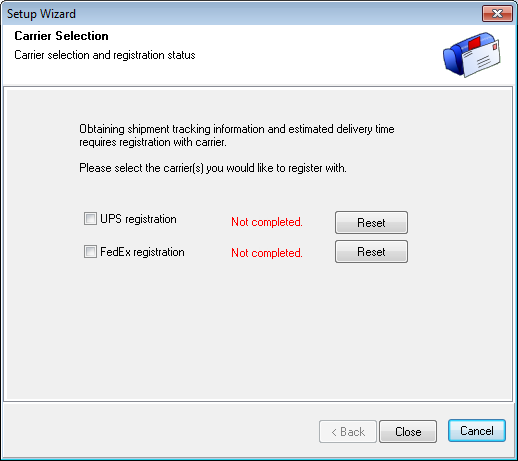
UPS Registration
Click Next to page through the wizard dialogs. You will be asked to agree to the UPS Tracking terms, and enter your account properties and UPS account number.
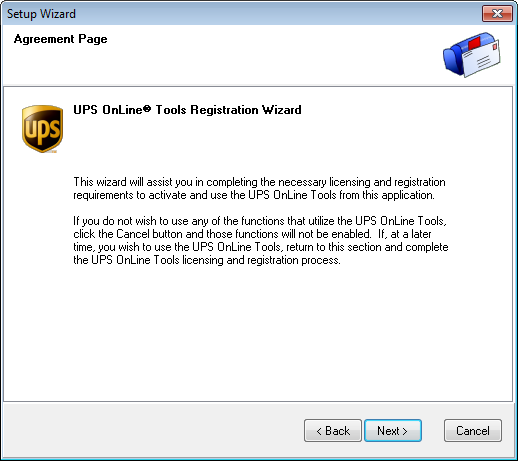
Click Next until registration is completed.
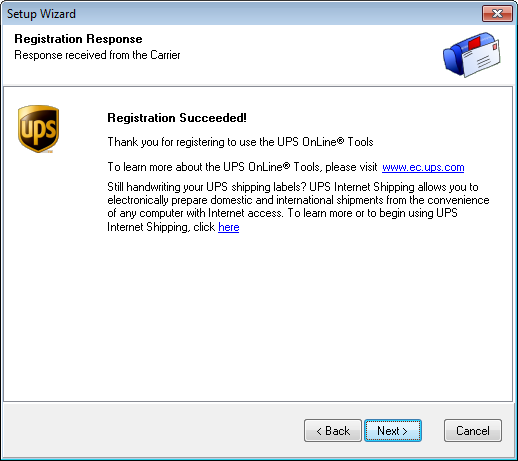
Click Next to continue to the next carrier's setup wizard (if applicable).
FedEx Registration
Click Next to page through the wizard dialogs. You will be asked to enter your FedEx account properties (billing and shipping).
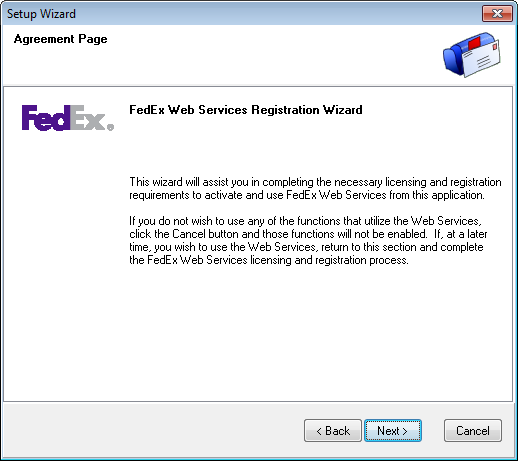
Click Next until completed.
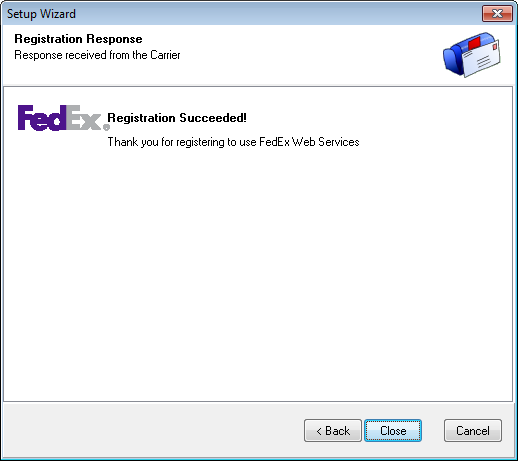
Registration Completed
The Carrier Selection screen will show the registered carriers. Click Reset to re-enter registration information.
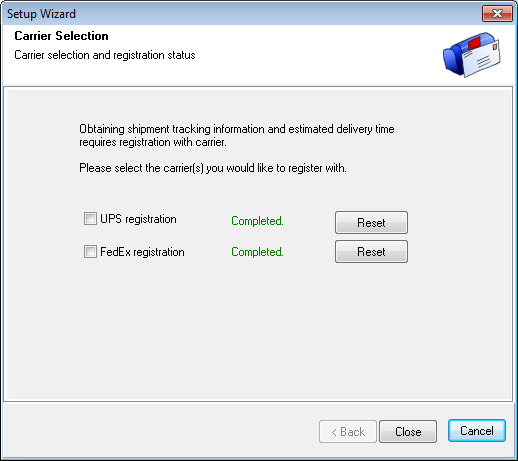
Once you have completed the wizard, you will receive a prompt saying that no companies exist. Exit the Sage 50 program and then click OK.
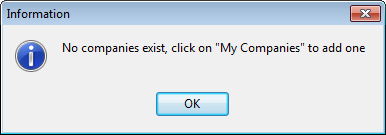
In My Companies, click the Add Company button to connect to a company.
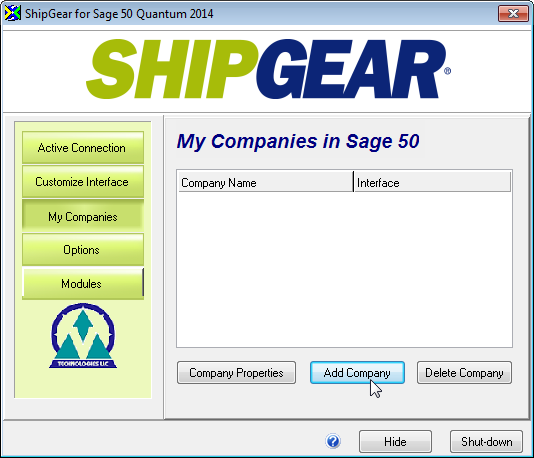
On the Add Company dialog, click Get Companies. ShipGear looks for available company files on the Sage 50 Server that are defined in the dialog. If your company file resides on a different server other than what it listed, enter the Sage 50 Server Name and click Get Companies.
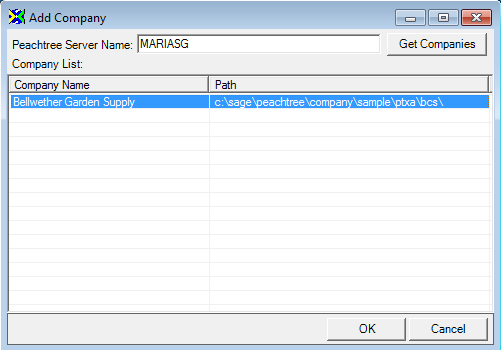
Select the company and click OK.
If you forgot to close Sage 50 at the beginning of this process, you will need to relaunch Sage 50 now in order to grant ShipGear access to the company. You will see the dialog below. Wait for Sage 50 to load, while keeping the Open a Company dialog open.

If you click Cancel on this dialog, the next user to open Sage 50 will be prompted for third party access. The user will need to click on ShipGear Exchange > Active Connection > Connect.
Select Always allow access then click Connect on the Open a Company dialog to connect ShipGear to your company. This gives ShipGear permission to integrate its functionality with Sage 50 to retrieve your company data.

The company appears in your Companies list. When ShipGear is connected to a company and you are ready to ship, the red dot in the ShipGear icon becomes green.
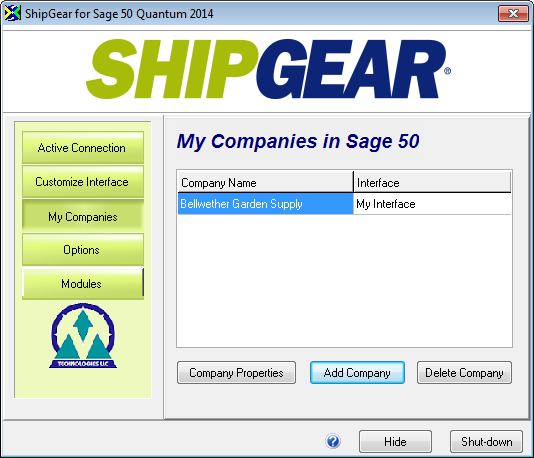
Declared Value warning
Select Yes to keep the declared value mapping and have ShipGear automatically select this setting in the carrier software.

Once ShipGear is connected to your ERP system company, follow these steps to connect to UPS WorldShip® and/or FedEx Ship Manager®.
UPS WorldShip®

Once ShipGear is connected to your ERP interface, follow these steps to connect to FedEx Ship Manager®.
With ShipGear Exchange shut down, run FedEx Ship Manager®.
Click OK at the Dangerous Goods informational dialog when you are done reading it.
Launch ShipGear Exchange; by default, it minimizes to the system tray.
In the bottom left-hand corner of the Ship Manager® screen, click the Clear Fields button.
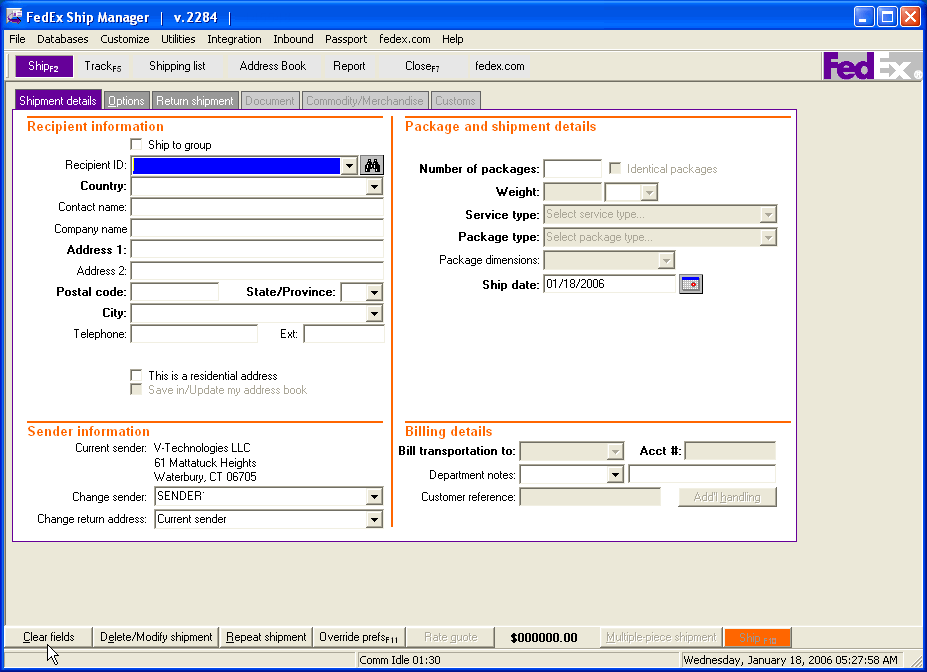
The Lookup Value dialog pops up. Type in a document key, such as the Invoice number, Order number, Customer name, etc. and press Enter to populate the FedEx Ship Manager screen with that record's data. You can also browse for records. See Browsing Documents for more information.
Note : If you are using FedEx Ship Manager® v.28xx or lower, you'll see the ShipGear Import Key dialog instead. See Shipping with FedEx Manager (v.28xx and lower) for more information.
